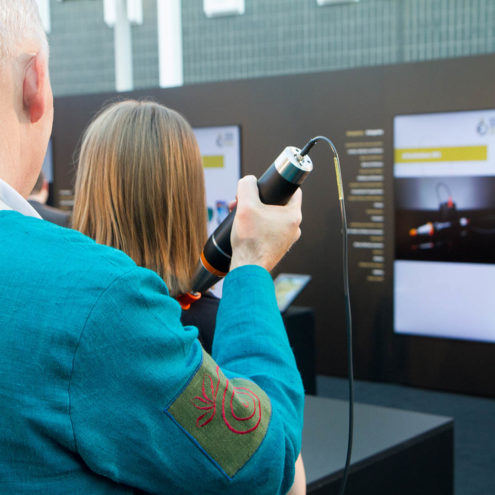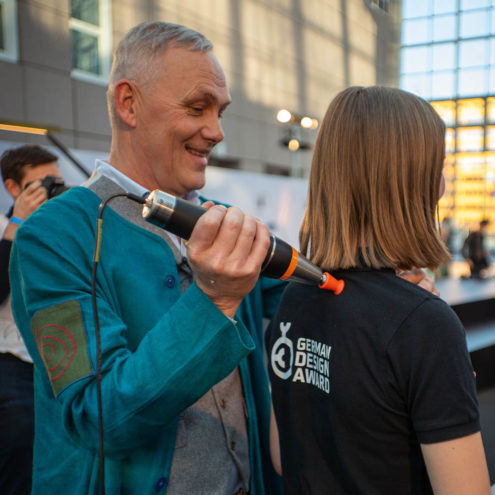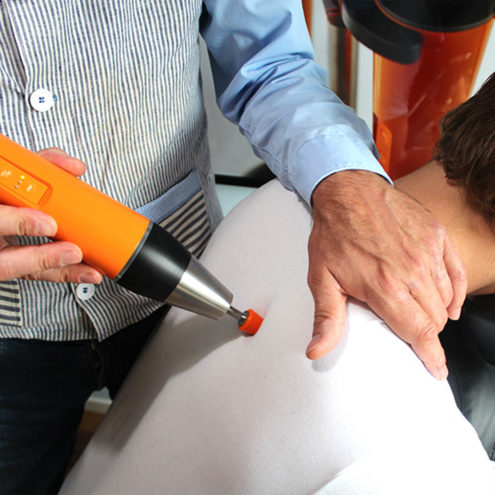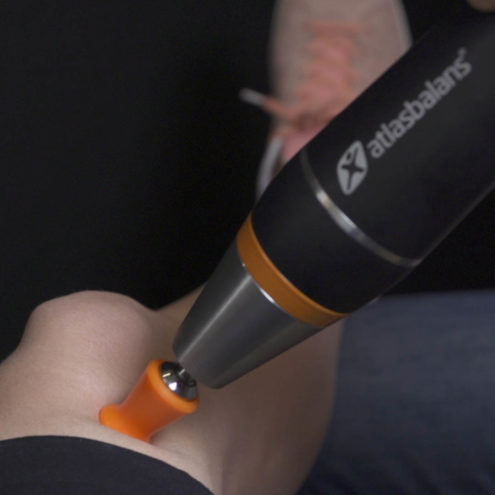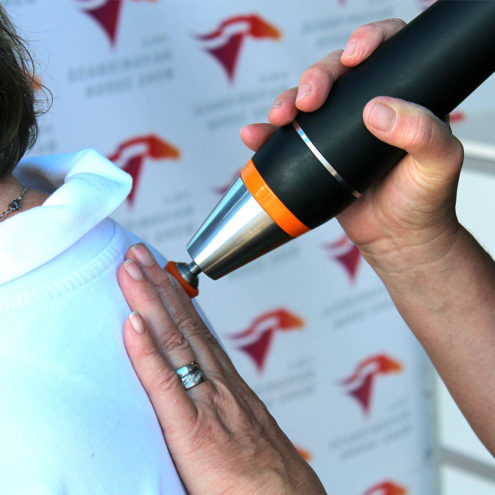Anatomy of the foot
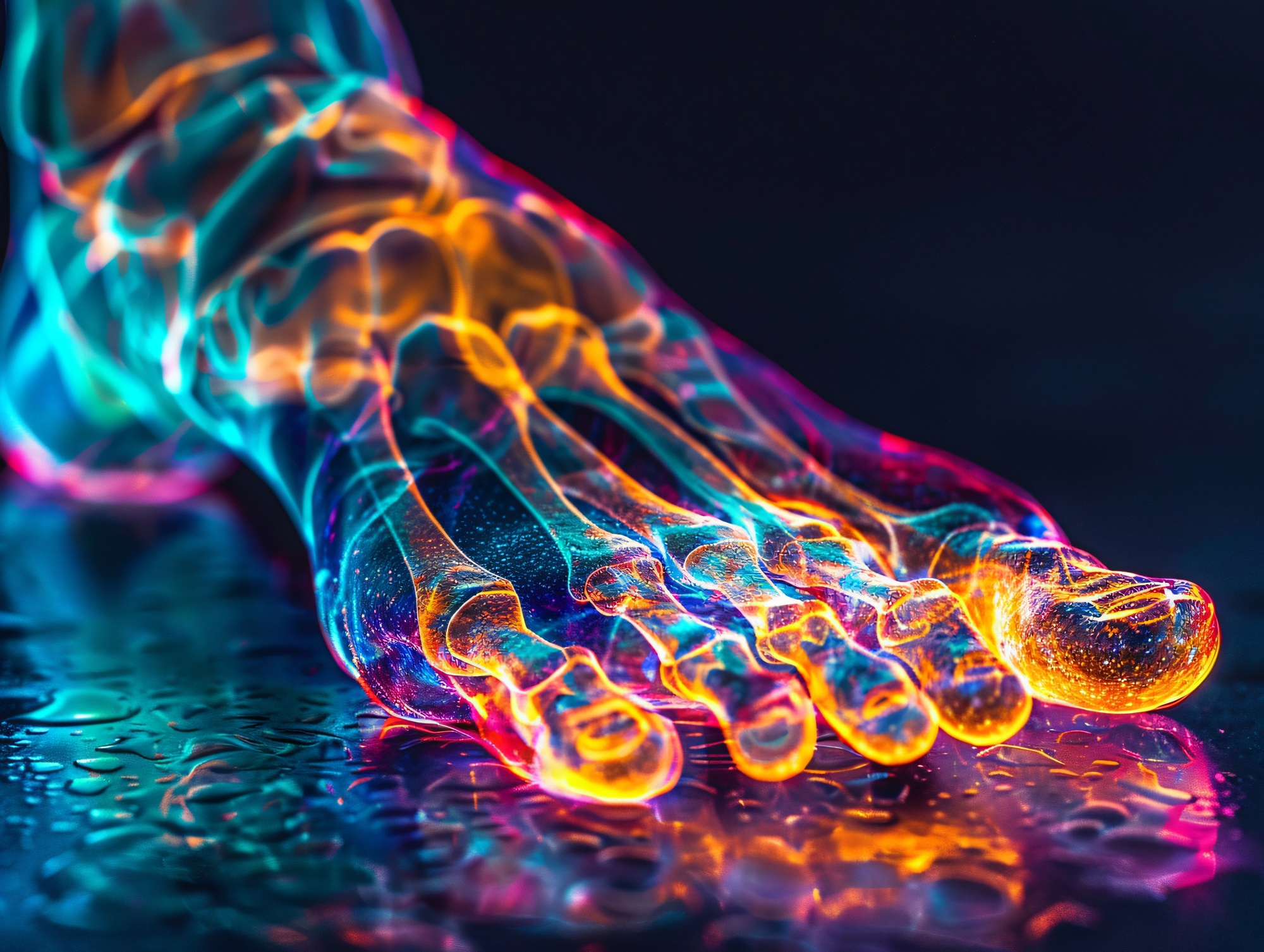
What is the foot made of?
Bone structure of the foot, including the toes, metatarsus, and ankle
The foot is a complex structure made up of 26 bones, which make up about a quarter of all the bones in the human body. These bones are arranged in three main sections: forefoot, midfoot and hindfoot.
The forefoot consists of:
Phalanges (bones of the toes): Each toe has three phalanges (proximal, middle and distal) except the big toe which has two (proximal and distal). These small bones form the toe joints and are important for the mobility and stability of the foot.
The metatarsal consists of:
Metatarsal bones: Five long bones found between the ankle bones and the toe bones. These bones help support the arch of the foot and play an important role in gait and balance. They articulate with the phalanges and metatarsals and are involved in weight distribution during walking.
Hindfoot
Consists of seven bones that make up the hindfoot. These include:
Talus bone (Os talus) This bone articulates with the tibia and fibula (calf bone) to form the ankle joint. The talus acts as an important link between the lower leg and the foot and allows flexion and extension of the ankle.
Heel bone (Os calcaneus) The largest bone in the foot, which forms the base of the heel and plays a central role in absorbing shock when walking or running. The calcaneus also serves as an attachment point for the Achilles tendon.
Navicular bone (Os naviculare) A boat-shaped bone with several ligaments. Is important for ankle rotations.
The cuboid bone (Os cuboideum)
The cuneiform bones (Ossa cuneiformia)
Ligaments, muscles and tendons that provide stability and mobility to the foot
The function and stability of the foot depends largely on a complex network of ligaments, muscles and tendons.
Ligaments are bands of strong, fibrous tissue that connect bone to bone and provide support to the joints of the foot. Ligaments are less elastic than tendons. Some important ligaments in the foot include:
Plantar fascia: A thick tendon that extends from the heel bone to the toes, helping to support the arch of the foot. The plantar fascia plays a key role in absorbing shock and distributing body weight.
Calcaneonavicular Ligaments: Also known as the “spring ligament,” which supports the medial arch of the foot. This ligament helps to maintain the arch of the foot and prevents overpronation.
Muscles and tendons work together to enable movement and provide stability. These include:
Flexors: These muscles help bend the toes and ankle, which is essential for gripping the ground and performing activities like walking and running.
Extensors: These muscles help to stretch out the toes and ankle, allowing for lifting of the foot during walking and running.
The peroneals or fibularis muscles: These muscles allow the ankle to pronate and perform plantar flexion.
Achilles tendon: The largest and strongest tendon in the body, which connects the calf muscles to the heel bone and allows for plantar flexion of the foot (for example, when standing on your toes).
Functional parts of the foot
The arch and its role in shock absorption and body weight distribution
The arch is a critical part of the foot’s anatomy, as it helps distribute the body’s weight across the foot and acts as a shock absorber when walking and running. The arches of the foot can be divided into three types:
Medial longitudinal arch: The most prominent arch, which extends along the inside of the foot from heel to toe. This arch is important for absorbing shock and distributing body weight across the foot.
Lateral longitudinal arch: A less prominent arch on the outside of the foot. This arch contributes to the stability of the foot and helps prevent overpronation.
Transversal Arc: An arch that extends across the width of the foot. This arch helps maintain the structure of the foot and prevents the foot from collapsing under weight.
These arches are important for absorbing shock and distributing body weight across the foot. They also help to give the foot its resilient properties, which are crucial for reducing stress on bones and joints during movement.
Foot joints and their contribution to walking and movement
The joints of the foot play a crucial role in enabling movement and maintaining stability. Some important joints include:
Ankle joint(Art. talocruralis): Formed by the talus, tibia and fibula, it allows dorsiflexion (bending the foot upwards) and plantar flexion (bending the foot downwards) of the foot. The ankle is essential for walking and running and provides stability and mobility.
The subtalar joint (Art. subtalaris): Between the talus and calcaneus, it allows inversion (outward rotation/supination) and eversion (inward rotation/pronation) of the foot. This joint is important for adapting the foot to different surfaces and for maintaining balance.
Metatarsophalangeal joints (Artt. metatarsophalangeae): Between the metatarsal bones and the phalanges, allowing flexion and extension of the toes. Abduction and adduction can also occur. These joints are essential for performing fine motor movements and for maintaining the foot’s grip on the ground.
These joints work together to enable smooth and efficient walking and to adapt the foot to different surfaces.
Common problems with the foot
Arch problems such as flat feet or high arches
Foot arch problems are common and can cause pain and dysfunction in the foot. Some common conditions include:
Flat feet (pes planus): A condition in which the medial arch of the foot is collapsed, resulting in a flatter foot. This can cause pain in the feet, ankles and knees due to improper weight distribution and overloading of muscles and ligaments. Flat feet can be congenital or develop over time due to overuse or injury.
High arches (pes cavus): A condition in which the medial arch of the foot is abnormally high, which can lead to instability and increased risk of sprains and other injuries. High arches can also cause pain in the feet and legs due to overloading of specific areas of the foot. This condition can be congenital or develop as a result of neurological diseases.
Injuries to ligaments, muscles and tendons such as sprains or inflammation
Injuries to the ligaments, muscles and tendons of the foot are also common and can lead to pain, swelling and disability. Some common injuries include:
Sprains: Usually occurs when the foot is twisted or rolled inwards, causing damage to the ligaments around the ankle. This can lead to pain, swelling and instability of the foot. Sprains range in severity from mild (stretching of ligaments) to severe (complete tearing of ligaments).
Achilles tendinitis: Inflammation of the Achilles tendon due to overuse or overload, which can cause pain and difficulty walking or running. The Achilles tendon is particularly prone to injury in athletes and people who suddenly increase their training intensity.
Plantar fasciitis: Inflammation of the plantar fascia, usually caused by overload or improper biomechanics. This can cause intense pain in the heel, especially in the morning or after rest. Plantar fasciitis is a common cause of heel pain and may require long-term treatment and rehabilitation.
Overuse injuries such as heel spurs or hallux valgus
Overuse injuries occur when the foot is subjected to repetitive stresses that exceed its ability to recover. Some common overuse injuries include:
Heel spurs: A bony outgrowth on the heel bone caused by prolonged stress on the plantar fascia. Heel spurs are often associated with plantar fasciitis and can cause significant pain and discomfort in the heel. Treatment includes rest, ice, stretching, circulatory movements, orthopaedic inserts and in some cases injections or surgery.
Hallux valgus: A deformity where the big toe is angled inwards towards the other toes. This results in a bony growth on the base of the big toe. This condition can cause significant pain and swelling, which can make it difficult to use the foot. Hallux valgus can be aggravated by wearing tight or high-heeled shoes. Treatments include the use of wider shoes, orthoses, anti-inflammatory drugs and, in severe cases, surgery.
Understanding the anatomy of the foot and its functions is essential to prevent and treat foot-related problems. If you experience pain or discomfort in your feet, it is important to seek help from a qualified healthcare provider to get the right diagnosis and treatment. With the right care and treatment, you can improve your foot function and return to your daily activities without pain.
 Search
Search



